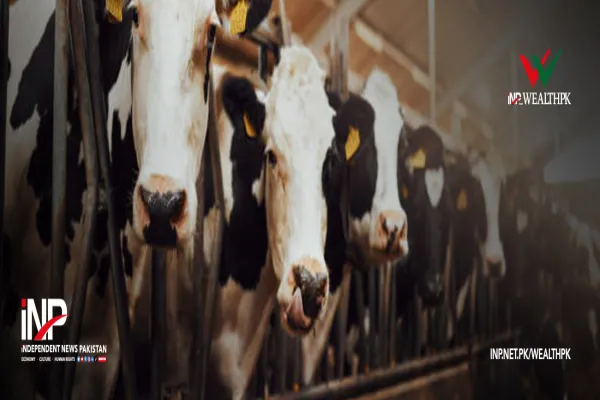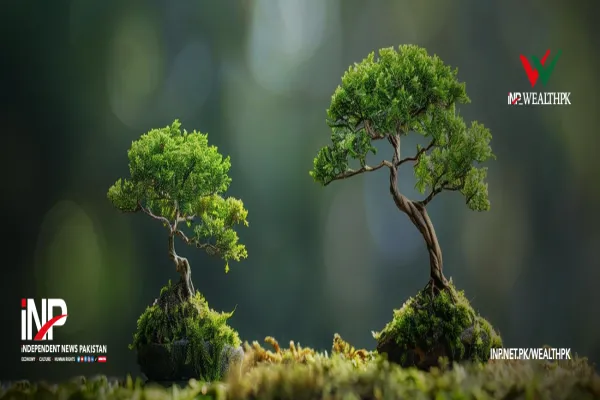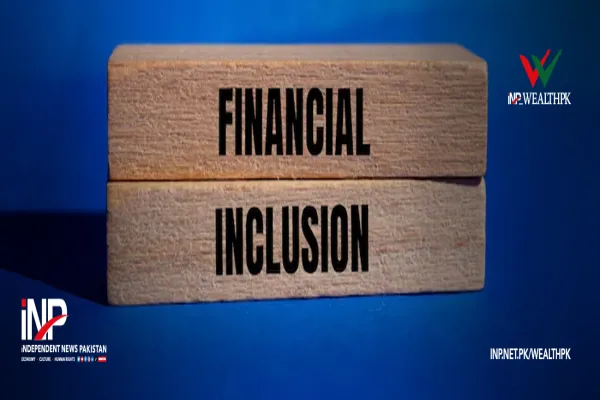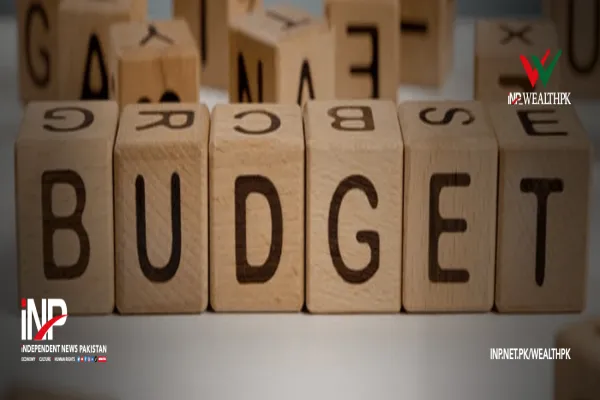i INP-WEALTHPK
Muhammad Luqman
In the heart of Pakistan’s fast-paced urban centers, a quiet but contemplative revolution is taking root in the form of Bonsai. Bonsai is a centuries-old Japanese art of cultivating miniature ornamental trees in containers, aiming to create realistic and aesthetically pleasing representations of mature trees found in nature.
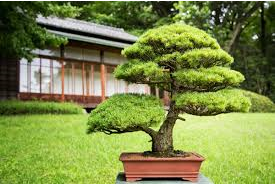
Once considered an esoteric pastime for a select few, bonsai is now capturing the imagination of the country’s growing middle class, transforming living rooms, balconies, and office desks into miniature worlds of calm and beauty. According to enthusiasts of this Japanese art, bonsai remains a niche hobby in Pakistan, but its popularity is steadily increasing, especially over the past decade.
In Lahore alone, there are over 100 active hobbyists, and across Pakistan, a few hundred individuals are practicing bonsai at various levels, ranging from beginners to advanced artists. “Social media and workshops have helped create more awareness, but we still have a long way to go compared to countries like Japan, Indonesia, or even India,” said Mian Umair Iftikhar, the founding president of the Lahore Bonsai Society.
Many native trees in Pakistan, horticulturists say, respond well to bonsai techniques. Commonly used species include Ficus (Banyan, Peepal, and Fig), Ulmus (Desi Chinese Elm), Mulberry (Shahtoot), Neem, Sheesham, Bougainvillea, and Ber. “Almost any woody tree that produces smaller leaves and responds well to root and shoot pruning can be miniaturized,” Umair Iftikhar told WealthPK.
He said that an academy has been established in Lahore to teach the techniques of bonsai cultivation. Turning bonsai from a niche hobby into a viable business in Pakistan has been both an artistic and entrepreneurial challenge, but one with strong potential. “This is no longer just a niche hobby—it’s becoming a business too,” said Salman Lone, a bonsai enthusiast who has been running a nursery in the central Punjab city of Gujranwala since 2012.
Lone’s Bonsai Nursery is a large-scale setup offering pre-bonsai plants, training tools, and nationwide delivery. “If properly miniaturized, a bonsai tree can fetch a price ranging from Rs. 5,000 to Rs. 1 million,” Lone said. “I have worked on more than 60 local tree species to turn them into bonsai plants at my nursery. Their height can range from 3 inches to 6 feet.” However, Lone emphasized that bonsai art is not for everyone.
“It’s a game of patience. It can take three to four years to achieve the desired results,” he explained. According to him, bonsai trees can also serve as premium gifts or decorative pieces for homes, offices, and hotels. Despite growing interest, bonsai art has yet to receive significant support from Pakistan’s federal or provincial governments.
However, Lahore’s Parks and Horticulture Authority (PHA) has taken the initiative by developing the city’s first government-owned bonsai garden at Jilani Park (formerly Race Course Park), showcasing a variety of dwarf trees. Among the species on display at the bonsai park are Peepal, Bargad, and Cedar, among others.
“We have not yet launched any specific campaign in Punjab for the promotion of bonsai art, but we would like to see this art flourish,” said Nadeem Abbas, spokesperson for the Punjab Forest Department. Despite the challenges, bonsai enthusiasts remain optimistic. With the growing involvement of entrepreneurs, artists, and hobbyists, bonsai seems ready to evolve from a centuries-old Japanese tradition into a thriving Pakistani passion.
Credit: INP-WealthPk





